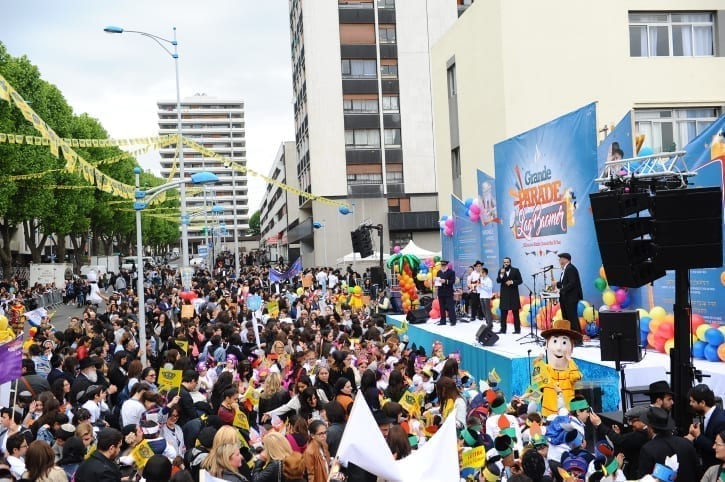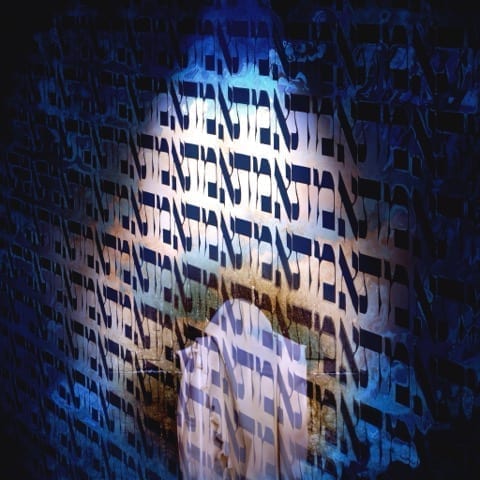1. The name Jerusalem is an acronym of the names which our Patriarch Abraham and Shem the son of Noah called it. Abraham called it “Yireh” as the verse says “And Abraham named that place Yireh “The Lord will see” (Gen. 22:14), while Shem called the name of the city “Shalem” as the verse says, “And Melchizedek king of Shalem” (Gen. 14:18). Onkelos translates this verse “Melchizedek, King of Jerusalem”. The Midrash relates: “G-d said: I will call it Jerusalem, after the names that both gave: Yirah Shalem — Yerushalayim (Jerusalem).” (Breishit Rabbah 56:10)
2. When Joshua conquered the Land of Israel, he could not conquer Jerusalem, which was a strong and well-fortified Jebusite city. For many generations the tribes of Israel lived in the Land of Israel with Jerusalem out of reach. Jerusalem passed to Jewish dominion only after King David conquered it and brought G-d’s Ark of the Covenant there, and made it into the seat of his kingdom. David also wanted to build the Temple, but Chronicles I 22:8 quotes him as saying: “G-d told me ‘Do not build a house for My Name, because you are a man of war … He said to me, Solomon your son will build my house.’” However, King David purchased at full price the plot of land on which the Temple would be built.
The Western Wall and Dome of the Rock in the Old City of Jerusalem
3. The First Temple was built during the reign of King Solomon, in the year 2928 from creation. Jerusalem was both the political and spiritual center of Israel. This situation, however, did not last long and the kingdom broke into the kingdom of Judah and the kingdom of Israel after the death of Solomon. Jerusalem remained the capital of the kingdom of Judah only.
4. The kingdom of Judah survived in the land even after the Ten Tribes of the kingdom of Israel were all taken into exile. But in 3338 the end arrived for the independent kingdom of Jerusalem: After 410 years, the Temple was destroyed by the Babylonians and the people went into exile in Babylon, which lasted seventy years.
5. The Second Temple was built in Jerusalem by Babylonian exiles who returned to Israel led by Zerubbabel, who had received permission from the Persian King Cyrus. The Temple was dedicated in 3412. Even though the Temple was built again, it lacked important elements that had existed in the First Temple: “The five things that were different between the First Temple and the Second Temple were: the Ark with its Cover containing the cherubs, the [heavenly] fire, the Divine Presence, Holy Inspiration, and the Urim V’tumim.” Our sages say that these things are missing and will return in the Third Temple when it will be rebuilt.
Model of the Second Temple
6. The Second Temple period was particularly stormy: this was the period of the Greek rule and the Hasmonean Revolt; this was the period when disputes arose among the people between the Pharisees and the Sadducees; this was the period when Rome, slowly but surely, began to gain control over the land of Israel. Jerusalem’s period of rapid development began particularly in the years before the destruction, when the tyrannical King Herod completely changed the face of the city. Herod built in the city palaces, stadiums and bridges, and built a wall around the city. The highlight of his construction projects was the rebuilding of the Temple. The sages say about his magnificent structure: “Whoever hasn’t seen Herod's building, hasn’t seen a beautiful building.” This handsome building did not last long, and unfortunately, in 3828, two years after the outbreak of the revolt against Rome in Judea, the Second Temple was destroyed by Titus, the Roman general.
7. The Romans erected on the ruins of Jerusalem a typical Roman city, filled it with idols, and called it Aelia Capitolina. Jews were forbidden to live there, and the Mount of Olives was turned into a garbage site. Even when the Roman Empire converted to Christianity, Jerusalem continued to be off-limits to Jews.
Tower of David, Old City, Jerusalem
8. In 638 CE, the Land of Israel — and Jerusalem in it — was conquered. Until the end of World War I, except for a period of ninety years when it was dominated by Crusaders, Jerusalem was under Muslim rule. It was ruled by various Muslim caliphs and dynasties, including the Mamluks, and the Ottoman Empire of Turkey. For most of the Muslim rule, Jews were allowed to return and live in Jerusalem.
9. Nachmanides, one of the great Spanish sages, is considered to have renewed the Jewish community in Jerusalem. When he immigrated to Israel in 1267, he found the city a heap of ruins, with only a few Jews in it. He established a synagogue and yeshiva in the city and founded a community. From the time of the Ramban until today there has been an organized Jewish community in Jerusalem continuously. For centuries, this community suffered from poverty and continuous tribulations and predations from the Muslim rule, and Jewish communities around the world followed the situation with concern and sent regular financial contributions.
10. Only after the Six Day War, 19 years after the independence of the State of Israel, did sovereignty over the Old City of Jerusalem return to Jewish hands. The city has since grown and expanded to become the largest city in the country — but we still pray that we merit soon the fulfillment of the promises of glory that were prophesied about her future. These promises include: “Jerusalem will expand on all her sides, and the gates of Jerusalem will reach until Damascus” (Sifri), “In the future, Jerusalem will be built of gems and pearls” (Pesikta Dov Kahane), “Jerusalem will become the metropolis for all countries” (Shemos Rabbah), and many others.




